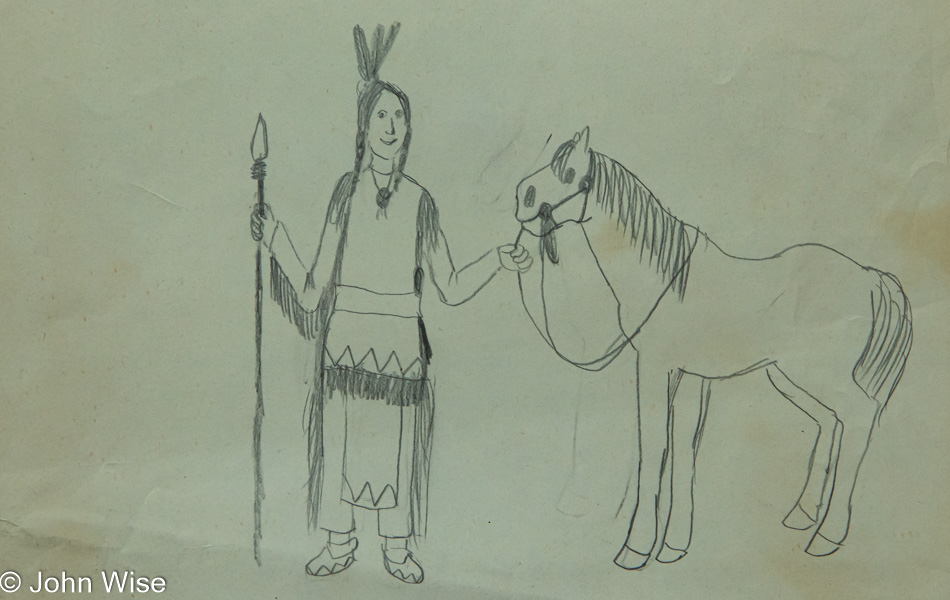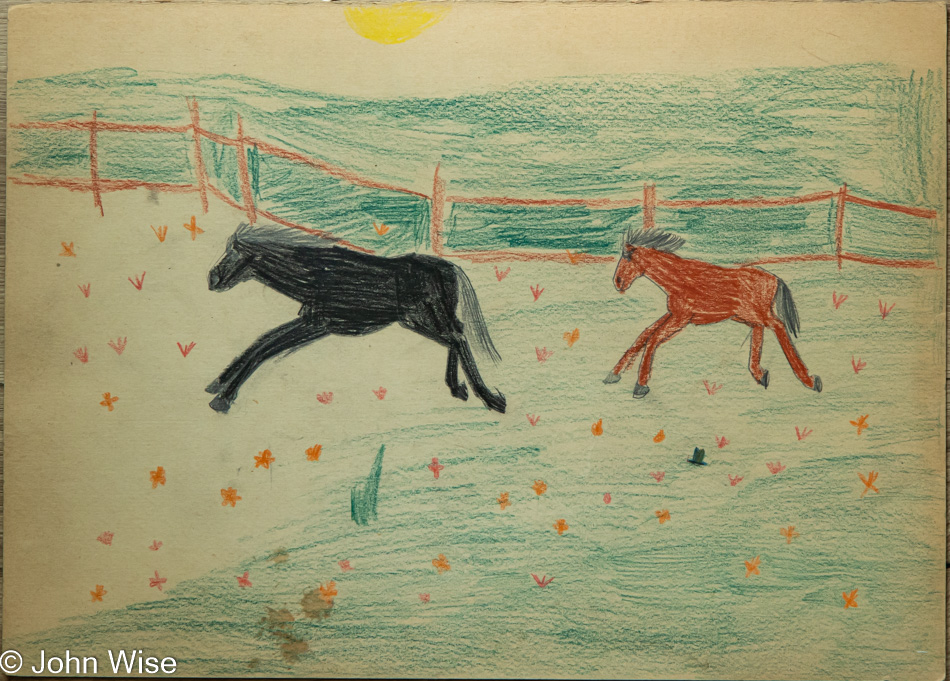
Seemingly forever ago, back in 1995, Caroline moved with me from Germany to the United States, the land where I was born. We arrived here without a clue what we’d do for our careers; we were ready for an adventure doing unknown new stuff. Over the ensuing years, we accomplished many things and experienced an amazing number of adventures. After nearly 25 years, we’ve grown confident in this endeavor while experiencing a resounding sense of joy. With the sense that life was traveling on the right track, it was time to throw some new conditions into the mix. What if Caroline were to auto-magically transform from a German into an American? Or maybe she could be both simultaneously?
First of all, why might she/we want that? A couple of reasons, really. As a tax-paying resident alien (green card holder) for all these years, Caroline is entitled to a lot more social security here in the United States than in Germany. However, that entitlement is tied to maintaining her residency here, among other factors. So, if Caroline wanted to take up retirement in Germany (or just wanted to stay outside of the U.S. for an extended period), she wouldn’t qualify to receive her social security without an address in America. This is one of the drawbacks of being a resident alien. Secondly, there are “luxuries” that come with being a U.S. passport holder, such as the certainty you can easily reenter the United States from abroad. Every time when we return to the U.S. from Europe or recently from Mexico we encounter that feeling of nervosity when we fear that somehow her reentry will be denied.

If she could maintain her European status and also be a U.S. citizen, we would be free to make choices later in life regarding living options that wouldn’t be limited by how long visas allow one or the other of us to remain somewhere. This process, though, is not an easy one. I wrote back on September 21, 2020, that Caroline was applying for her U.S. Citizenship; what I didn’t mention was that she’d just received approval from the German government that would allow her to retain her German citizenship. So, here we were more than three and a half years into this process, and then on May 24th, 2022, she walked into the U.S. Citizenship and Immigration Office to take the citizenship test and possibly be sworn in that morning.

When I dropped her off, my wife was a German citizen; the next time I would see her she’d likely be an American citizen too. Or so I thought. As for me, I was sitting at a Burger King at the corner of the parking lot, sipping a coffee, and waiting as I couldn’t accompany her into the facility. Every so often, she texted me; she was pretty nervous.
After an hour and a half, a message was delivered to my phone, “Passed.” Huge relief was felt between us, but her fingerprints had expired, and the resubmission would take another 60 to 90 minutes. We thought this meant she would still be able to attend a swearing-in ceremony on the same day, but as it turned out over 2 hours later, it wasn’t meant to be. She emerged from the building holding an invitation to an oath ceremony to be held at the District Court in Phoenix on June 3rd. Which brings us to today – and all the photos in this blog post.

Since the venue was the U.S. District Court, I was able to attend the ceremony. About 70 applicants and their family members jammed into the courtroom and viewing gallery. Just before the ceremony started, volunteers were requested, and Caroline and two other applicants raised their hands without knowing for what. It turned out that they would be called on later to speak to the attendees about their experience as immigrants.
The ceremony included speeches (including a recorded message by the President), the all-important oath of allegiance, the national anthem, and the pledge of allegiance. I could tell that Caroline was close to tears because when it was her time to step up to the microphone, her voice was a bit shaky, but she pulled it off nicely.
After the ceremony, Caroline insisted I take her photo with the presiding judge, the Honorable Stephen McNamee, as a nod to her dad, Hanns, a retired judge of the German Federal Court of Justice.

Not quite 30 minutes old as a new American, Caroline was registered to vote, and a U.S. Passport was applied for. Her social security card update will have to wait until we get her citizenship certificate back.
Our first stop was at the drive-thru at McDonald’s for a Happy Meal, followed by shopping for her first AR-15, while a pair of new yoga pants from Lululemon arrives next week. With all of those things done, she’ll really be 100% American. Please excuse this last bit of jest; it’s just my sarcasm to throw in some of the uglier American stereotypes, as she’d never wear yoga pants. [I might – in a yoga studio only, though – Caroline ^_^]




















